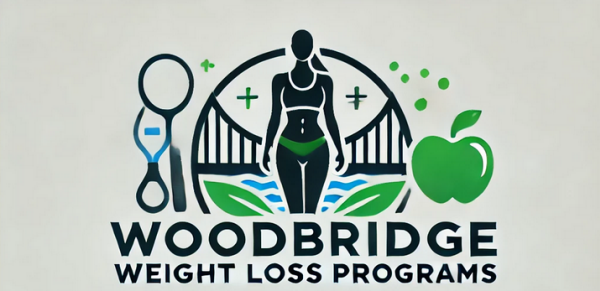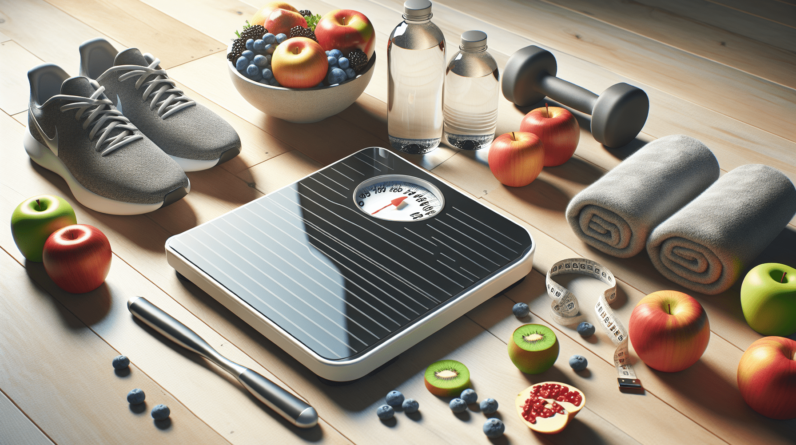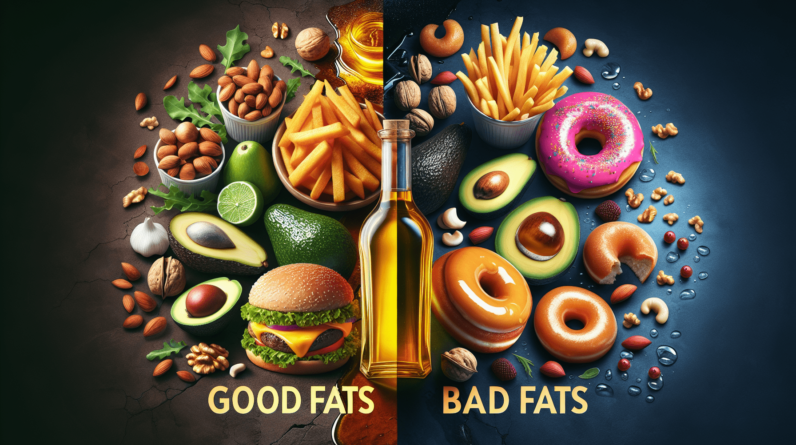
The Skinny On Fat Loss: Good Fats Vs. Bad Fats” is your go-to guide for navigating the complex world of dietary fats and their impact on weight loss. You’ll uncover essential weight loss tips, learn to distinguish between beneficial fats and those best avoided, and understand how to incorporate good fats into your diet for optimal health. This article is designed to help you make informed choices that support your weight loss journey while promoting overall well-being. Have you ever wondered why some fats are considered good and others bad when it comes to weight loss? If you have — you’re not alone. The world of fats can be confusing, but understanding it is crucial for your health and fitness journey. This article aims to demystify fats, breaking down the good, the bad, and how they can impact your goal of shedding some pounds.
Learn The Difference Between Good And Bad Fats
What Are Fats?
The Basics of Fats
Fats are a type of macronutrient that is essential for your body’s overall function. They play several key roles like energy storage, supporting cell growth, and protecting your organs. Fats also assist in the absorption of certain vitamins and even help produce vital hormones.
Types of Fats
Fats are often categorized into different types based on their chemical structure and impact on health. These categories include:
- Saturated Fats
- Unsaturated Fats (Monounsaturated, Polyunsaturated)
- Trans Fats
We’ll dive deeper into each of these types to give you a clearer picture of what they are and how they affect your weight loss journey.
The Bad Fats
Saturated Fats
What Are Saturated Fats?
Saturated fats are typically solid at room temperature. They are commonly found in animal products such as meat and dairy. Some plant-based oils, like coconut oil and palm oil, also contain high levels of saturated fats.
Health Implications
High consumption of saturated fats can lead to several health issues:
- Increased levels of bad cholesterol (LDL)
- Higher risk of heart disease
- Potential weight gain
Trans Fats
What Are Trans Fats?
Trans fats are artificially created by adding hydrogen to vegetable oils, a process known as hydrogenation. This makes them more solid and extends their shelf life. You’ll find trans fats in many processed foods, such as baked goods, snacks, and margarine.
Health Implications
Trans fats are considered the worst type of fat for your health:
- Raise bad cholesterol (LDL) levels
- Lower good cholesterol (HDL) levels
- Increase risk of heart disease and stroke
- Contribute to insulin resistance and type 2 diabetes
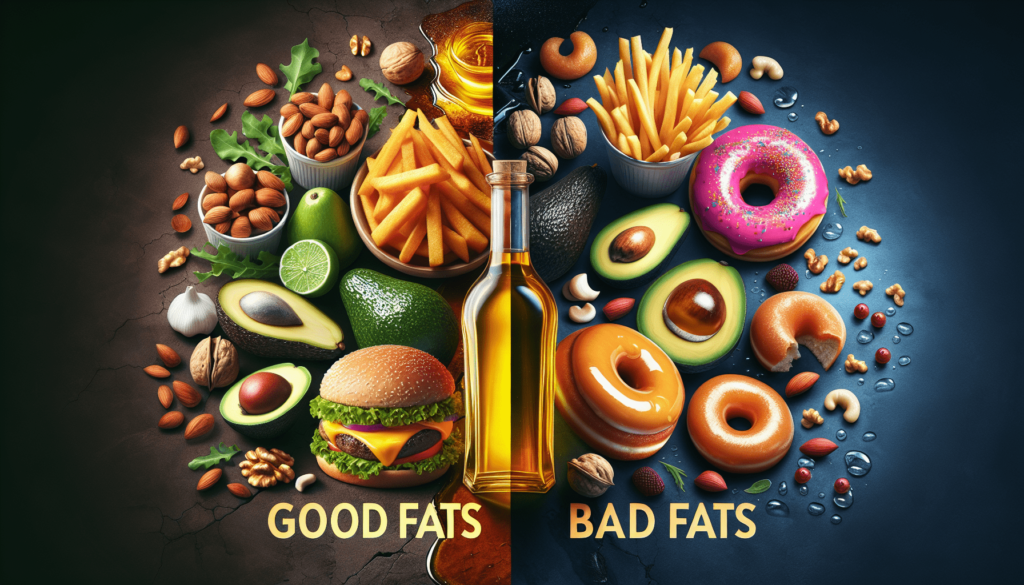
The Good Fats
Monounsaturated Fats
What Are Monounsaturated Fats?
Monounsaturated fats are typically liquid at room temperature but start to turn solid when chilled. These fats are most commonly found in plant-based oils like olive oil, as well as in avocados, nuts, and seeds.
Health Benefits
Monounsaturated fats offer a range of health benefits:
- Help reduce bad cholesterol levels
- Lower the risk of heart disease and stroke
- Provide essential nutrients for cell development
Polyunsaturated Fats
What Are Polyunsaturated Fats?
Polyunsaturated fats are also liquid at room temperature. They include omega-3 and omega-6 fatty acids, both of which are essential fats that your body needs but cannot produce on its own. Sources include fatty fish, flaxseeds, walnuts, and sunflower oil.
Health Benefits
Polyunsaturated fats can significantly improve your health:
- Lower bad cholesterol (LDL) levels
- Reduce the risk of cardiovascular diseases
- Essential for brain function and cell growth
Good Fats vs. Bad Fats: A Comparative Table
Let’s break it down in a simple table for better understanding:
| Type of Fat | Examples | Health Impact |
|---|---|---|
| Saturated Fats | Meat, dairy, coconut oil, palm oil | Raises LDL cholesterol, risk of heart disease |
| Trans Fats | Processed foods, margarine | Raises LDL, lowers HDL, risk of heart disease, stroke |
| Monounsaturated Fats | Olive oil, avocados, nuts | Lowers LDL cholesterol, reduces heart disease risk |
| Polyunsaturated Fats | Fatty fish, flaxseeds, walnuts | Lowers LDL, essential for brain function |
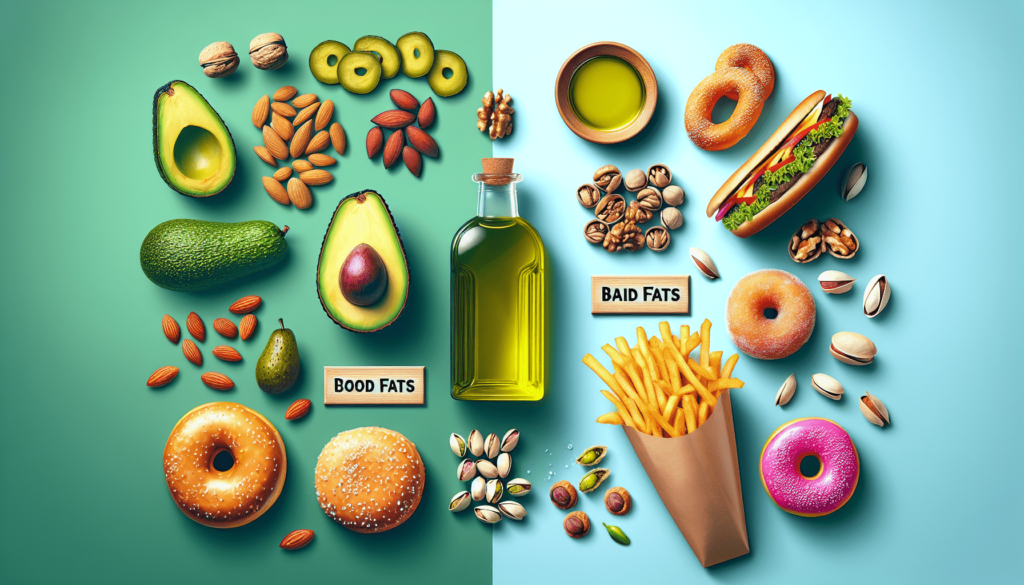
Balancing Your Fat Intake
How Much Fat Should You Consume?
The American Heart Association recommends that fats should make up about 25-35% of your daily calorie intake. But it’s not just about the quantity; it’s crucial to focus on the quality of the fats you consume.
Practical Tips for Including Good Fats
- Choose Olive Oil Over Butter: Use olive oil or other plant-based oils for cooking instead of butter or margarine.
- Snack on Nuts and Seeds: They are convenient, nutritious, and packed with good fats.
- Incorporate Fatty Fish: Include fish like salmon or mackerel in your diet at least twice a week.
- Opt for Avocados: Use avocados as a spread or add them to your salads.
The Role of Fats in Weight Loss
Misconceptions About Fats and Weight Gain
Many people mistakenly believe that all fats are bad for weight loss. However, the reality is that fats can be either beneficial or detrimental depending on their type.
Hormones and Metabolism
Good fats play an essential role in maintaining hormonal balance, which is critical for metabolism. Healthy fats help produce hormones like testosterone and estrogen, which influence your body’s ability to lose or gain weight.
Satiety and Cravings
Healthy fats can help you feel full longer, reducing the likelihood of overeating. They slow down digestion, making you feel satisfied and reducing your overall calorie intake.
Practical Weight Loss Tips
- Meal Planning: Include a balance of proteins, carbs, and fats in every meal.
- Mindful Eating: Pay attention to your hunger and fullness cues instead of mindlessly eating.
- Exercise: Pair a balanced diet with regular physical activity for optimal results.
Fats and Overall Health
Cardiovascular Health
Good fats help reduce the risk of cardiovascular diseases. When you consume healthy fats, you increase your HDL cholesterol levels, which aid in clearing out the bad cholesterol from your bloodstream.
Brain Health
Your brain is nearly 60% fat, and it relies on essential fatty acids to function correctly. Consuming good fats can improve cognitive function, mood, and even reduce the risk of mental health disorders.
Skin Health
Good fats help keep your skin hydrated and glowing. Omega-3 fatty acids, in particular, are known for their anti-inflammatory properties, which can help with conditions like acne and eczema.
Common Myths About Fats
Myth #1: Eating Fat Makes You Fat
As we’ve discussed, it’s not the fat per se that leads to weight gain, but the type and quantity. Consuming good fats in moderation can actually support weight loss.
Myth #2: Low-Fat Diets Are Healthier
Low-fat diets can sometimes lead to higher intake of sugars and refined carbs, which are more harmful in the long run. It’s better to focus on the quality of fats.
Myth #3: All Vegetable Oils Are Healthy
Not all vegetable oils are created equal. Some, like olive oil, are excellent choices, while others, like highly refined vegetable oils, can be harmful due to their processing methods.
How To Read Nutrition Labels
Understanding Fat Content
When reading nutrition labels, pay close attention to the type of fats listed. Avoid products high in saturated and trans fats. Opt for those with higher monounsaturated and polyunsaturated fats.
Serving Sizes
Be mindful of serving sizes. It’s easy to underestimate how much fat you’re consuming if you don’t stick to the recommended serving sizes.
Claims and Labels
Beware of claims like “low-fat” or “fat-free.” These products often compensate for the lack of fat by adding sugars and other additives.
Cooking Tips for Healthy Fats
Safe Cooking Methods
Some fats are more stable at high temperatures than others. For high-heat cooking, it’s better to use oils like avocado oil or olive oil. Avoid cooking with oils that have a low smoke point as they can release harmful compounds.
Healthy Swaps
- Use Greek yogurt or avocado instead of mayo.
- Replace creamy dressings with olive oil and vinegar.
Storage Tips
Fats can go rancid. Store oils in a cool, dark place, and keep nuts and seeds in airtight containers to maintain their freshness.
Conclusion
Understanding the difference between good fats and bad fats is crucial for your weight loss journey and overall health. By making informed choices and incorporating healthy fats into your diet, you can support your fitness goals and improve your well-being.
Remember, it’s not just about cutting out fat but choosing the right kinds to nourish your body. So, go ahead and enjoy that avocado toast or drizzle some olive oil over your salad guilt-free. Your body will thank you for it!
